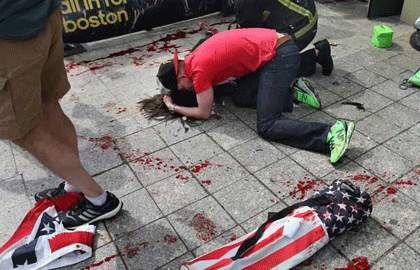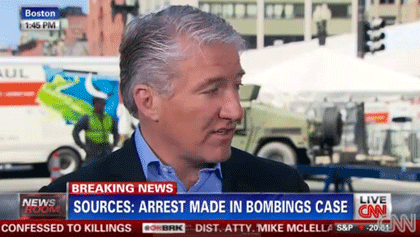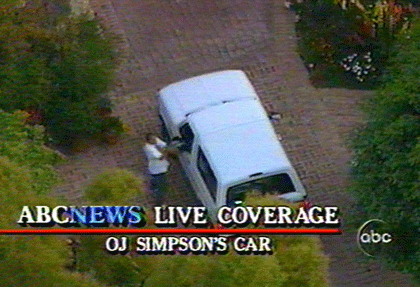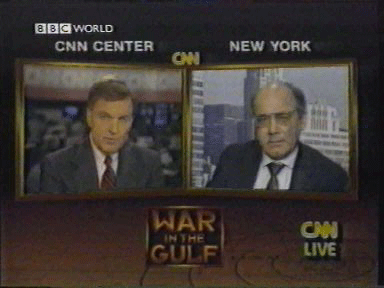By Peter Hossli

Within minutes after the explosions on April 15, Twitter spread the first reports about the attack. Pictures went online. Initially American websites headlined «breaking news», but the global media were quick to follow. News tickers spread everything that was known – regardless of whether it was true. Soon, U.S. news broadcasters had set up live feeds on site. From that moment forward, CNN, Fox News and MSNBC as well as local stations reported non-stop about the Boston bombings; so did news portals on the Internet and newspapers. Time magazine printed a special edition. During the subsequent few weeks the explosions seemed to be the only story in the media, not only in the United States but in many places around the world.

Media around the world crave such stories that they are able to stretch over days or even weeks, as if they were television series continuing on and on, crowding out everything else, on every channel, in every column, on every cellphone and online. In 2000, the American writer Frank Rich trenchantly dubbed this genre a «Mediathon», a media marathon.
The Mediathon, Rich wrote in the New York Times Magazine at the time, was a novel type of news spectacle that might become «the most popular new cultural form in America.»
Today it is the most popular media genre in the world. Not every good story turns into a Mediathon, only those narratives which, as Rich put it, lead to «total national immersion.» Nowadays the whole world loses itself. Everybody talks about it, everyone is glued to the TV. Online journalists ticker. Twitter overflows.
All of which delights media companies. The Boston bombers brought CNN one of its highest ratings in the last ten years, an increase of 200 percent. Not since the outbreak of the war in Iraq in April 2003 have Fox News and CNN counted so many viewers – despite criticism for faulty reporting (see box).

Every Mediathon has its catchy headline. «Boston Bombers», «The O.J. Simpson Case», «America Under Attack», «The Death of Princess Diana», «Scandal at the White House», «School Massacre». If a story is too complex it does not lend itself to hashing into drama and is not worthy of a Mediathon. This includes the billion-dollar bankruptcy of the energy giant Enron, which rang in the end of the New Economy in 2001. Nor did the financial crisis that began in 2008 turn into a Mediathon.
The disaster on the Japanese coast in March 2011, however, fit the bill perfectly, despite the language barrier. At first, the tsunami provided spectacular images and compelling individual human-interest stories. Following this the accident at the Fukushima nuclear power plant created tension and fear around the globe. U.S. news channel CNN succeeded in creating the first Media-thon in 1991, during the first Gulf War. The desert battle for Kuwait pushed soap operas off the air at the time. It was CNN’s breakthrough. For the first time ever, the news channel achieved continuously high ratings.

And yet, huge media events as such are nothing new. The sinking of the Titanic was covered at length in 1912, as were the trial against the kidnapper of the Lindbergh baby in 1935 and the assassination of John F. Kennedy in 1963.
Using modern technology, CNN succeeded in doing something new: The Gulf War had its own logo, its own theme music; it had stars like General Colin Powell on the army side and reporter Peter Arnett for the media. But most of all, an international audience was watching – live, thanks to satellite technology. «The first instance history had been shaped (and spun, often by the military brass) on the spot into a dramatic 24/7 TV mini-series,» Rich wrote.
Is there money to be earned by such Mediathons? You bet. CNN had been waiting for ratings like those they got for Boston for years. Twenty-five percent more viewers tuned in when John F. Kennedy Jr. crashed his Cessna and died. Three weeks after Princess Diana’s fatal accident in 1997 TV channels still registered a twenty percent audience increase. Bill Clinton’s 1998 affair with intern Monica Lewinsky was a ratings hit.

It was no laughing matter. «But I found it ironically funny. And I understood why the media were so interested,» Allen said. «In my case, and in these other cases as well, there was a juiciness to the story. Mine had a particularly entertaining quality to it.»
Mediathons are often criticized, especially because speed matters more than facts. The reporting is often riddled with half-truths, exaggerations and fiction – quite intentionally. «The public is even more fond of entertainment than it is of information,» said publisher William Randolph Hearst during the Lindbergh trial. Woody Allen puts it in a nutshell: «When the audience is given the choice, they choose the junk. And so the media are always going to give them the junk.»
Every Mediathon comes to an end, every story loses its appeal, but the public and the media crave their next thrill. «Drama is addictive,» Rich wrote. «This addiction afflicts not only consumers of our Mediathons but also those of us who write about them.» In other words: journalists.